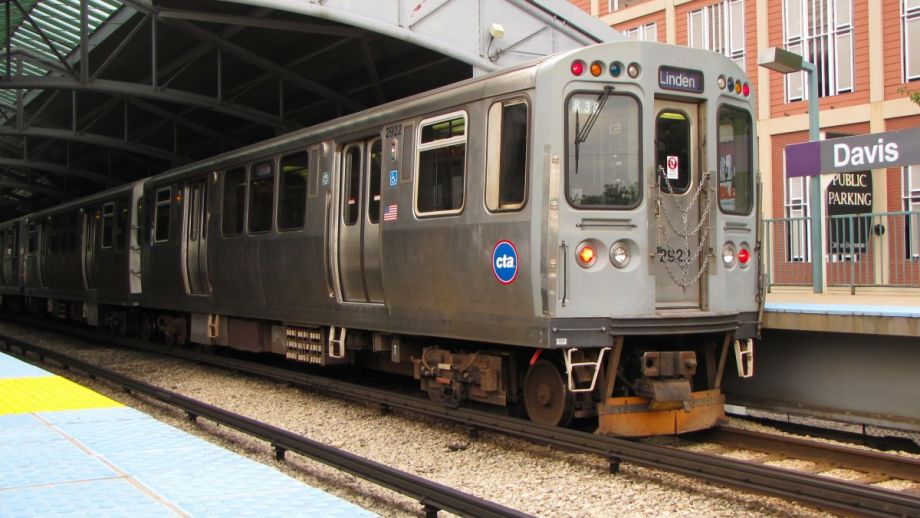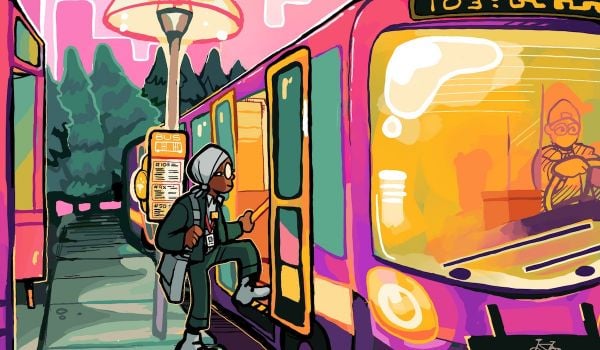How — and when — do city-dwellers decide whether to drive, walk, bike or take mass transit to a given destination? Typically, geography, present location, distance, accessibility, and time of day or day of week all factor into a person’s decision on how to get from where they are to where they’re going.
Federal grant funding for transit improvements also hinges on these local-level decisions, as the rules require transit agencies to show that the improvement will increase ridership in the affected area or along the affected corridor. The trouble is, the current models used to determine demand for transit produce coarse rather than fine results, which in turn, means that any estimate of changes in ridership hinges on a best guess.
Advances in technology have now made it possible for, if not totally accurate projections, then at least far more educated guesses. Researchers at the University of Illinois at Chicago (UIC) recently reported on a project that took advantage of those advances to develop a model that produces better, more localized data on transportation mode choices.
The report, “Mode Choice Modeling Using Personalized Travel Time and Cost Data,” was produced by members of the UIC civil and materials engineering department, and focused on personal decisions surrounding whether or not to take mass transit in metropolitan Chicago.
The team used survey data collected from 14,000 Chicago-area households from 2007 to 2008 by the Chicago Metropolitan Agency for Planning’s Travel Tracker Survey. The data, which covered 170,000 trips taken during that period, were then plotted onto Google Maps and combined with real-time traffic data from Bing to get point-to-point travel time information for each trip.
As report co-author Mahmoud Javanmardi told me via email, time is of the essence in determining how individuals will decide what mode to use.
“Surveys describe what has happened in reality,” he wrote. “For example, they describe that a 45-year-old male worker with two children and a $60,000 annual income used his own car to get to work in the morning, and this trip took 45 minutes on average for him to reach his destination.”
More data than that, he explained, is needed to create an effective mode choice model. Also needed is information on what other modes the traveler could have used and their characteristics: cost, total travel time, number of transfers and so on.
The model the UIC researchers came up with incorporates the “and so on” — something current models based on aggregate demand can’t do.
“For example, such models usually do not take into account the difference between transit system schedules for weekdays and weekends,” Javanmardi wrote. “They also do not take into account transit schedules at night or to remote regions of the city.”
Using individual survey data combined with map and traffic information fills those holes. Javanmardi noted that Google Maps also provides additional relevant detail such as distance between stations. “Our research team was able to take that information into account when developing this model,” he wrote. “In traditional methods, simplifying assumptions are usually used to derive such information.”
Other data provided by the survey also helped the UIC researchers refine their model. For instance, if a household has multiple occupants of driving age but only one car, and that car is already in use for a trip, no other household member wishing to travel while it’s being used can make the trip by car.
“A mode choice model is a key component of a travel demand model, and its accuracy largely affects the accuracy of the entire framework” for forecasting changes in travel demand, Javanmardi wrote.
At least in Chicagoland right now, transit planners have a new tool they can use to make their forecasts more accurate, which could improve the likelihood that transit improvements they propose will qualify for federal funding. The model, however, will work wherever a metropolitan planning organization has collected data on household travel behavior.
The Works is made possible with the support of the Surdna Foundation.

Next City contributor Sandy Smith is the home and real estate editor at Philadelphia magazine. Over the years, his work has appeared in Hidden City Philadelphia, the Philadelphia Inquirer and other local and regional publications. His interest in cities stretches back to his youth in Kansas City, and his career in journalism and media relations extends back that far as well.
Follow Sandy .(JavaScript must be enabled to view this email address)

















